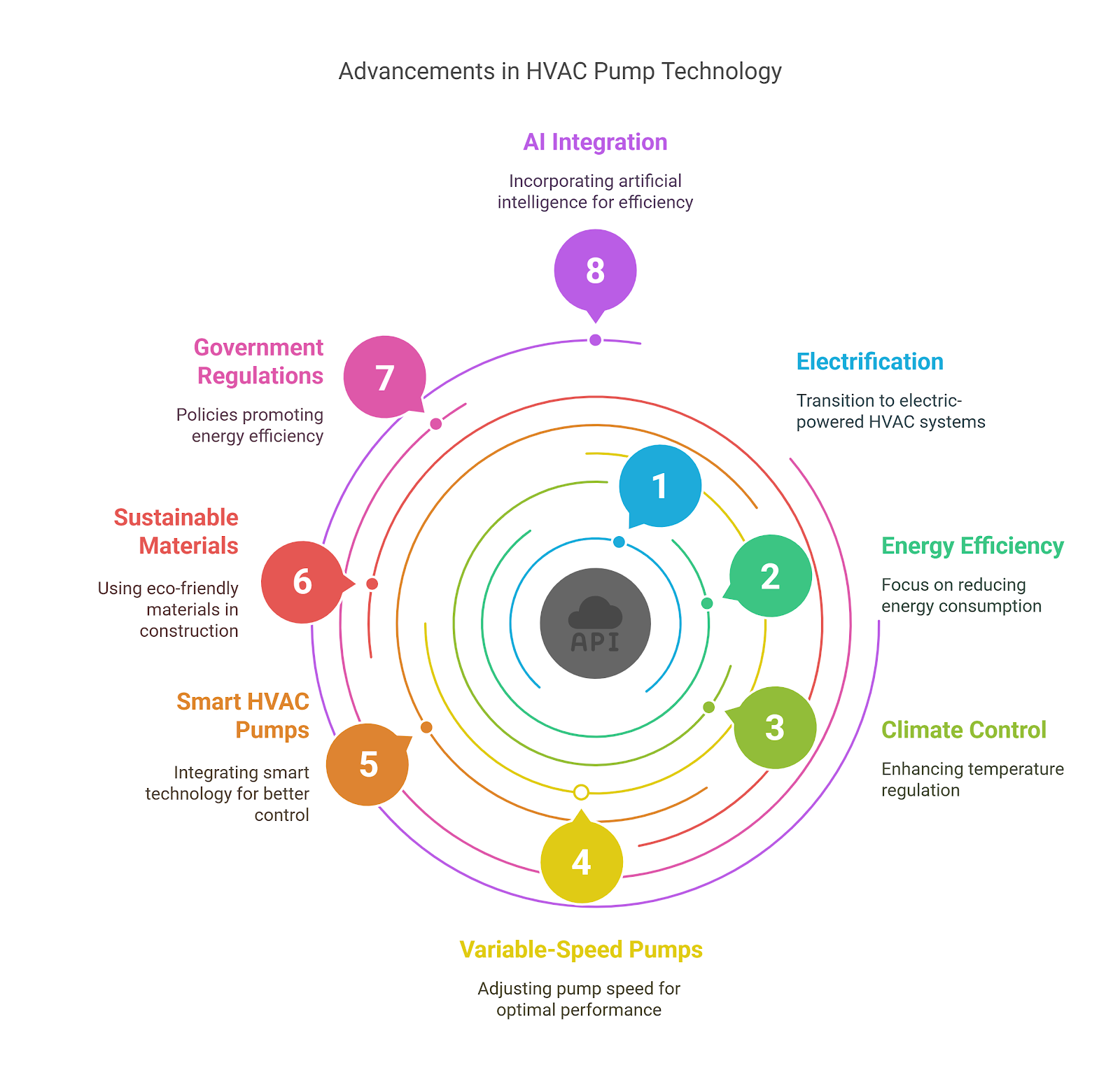Service Robotics Boom: Exploring the Next Frontier in Human-Machine Collaboration
According to a report by Allied Market Research, the global service robotics market was valued at $21.0 billion in 2020 and is projected to soar to approximately $293.0 billion by 2032, representing a CAGR of 24.3% during 2023–2032. Earlier estimates predicted $153.7 billion by 2030 at a 21.2% CAGR, but the latest forecast reflects stronger growth.
🧩 Market Segmentation
1. By Type
- Professional Service Robotics: Comprised the majority share (over two-thirds) of revenue in 2020. These robots are used in agriculture, healthcare, inspection, logistics, and more.
- Personal Service Robotics: Though smaller in share, this segment is expanding rapidly, with a forecasted CAGR of ~25%, driven by rising adoption in household cleaning, lawn mowing, and entertainment.
2. By Application
The market spans wide-ranging sectors:
- Medical: The largest in 2020 (~25% of revenue), encompassing disinfection, delivery, surgery, and diagnostics.
- Construction & Demolition: Poised for the fastest expansion (CAGR ~28% by 2032).
- Other noted categories: Agriculture, logistics, security, inspection, hospitality, cleaning.
🌍 Regional Dynamics
- Europe leads in market share (over 40% by 2022), thanks to early industrial and healthcare robot adoption.
- Asia‑Pacific is the fastest-growing region (CAGR ~25.9%), driven by China, India, Japan, and South Korea.
- North America holds a strong 25–28% share, led by U.S. industrial and domestic robotic advances .
APAC detail:
- China dominates with ~63% of regional share in 2024.
- India demonstrates high momentum (24.2% CAGR to 2034) through “Make in India” and automation initiatives.
🚀 Growth Drivers & Challenges
Key Drivers
- Rising labor costs, industrial automation demand, and significant R&D investments.
- Technological advancements: AI, machine vision, sensors, cloud robotics — all enhancing robot intelligence and affordability.
- Demographic shifts: Aging populations in Europe, Japan, and South Korea boost demand for medical and eldercare robots.
Challenges
- High initial and maintenance costs can hinder uptake.
- Data privacy, regulatory issues, and skills shortages remain notable barriers .
📈 Trends & Opportunities
- Robotics as a Service (RaaS): Subscription-based models allow users to access robots without big upfront investments; vendors handle maintenance and upgrades.
- Cloud-Enabled and Collaborative Robots: Cloud robotics (centralized intelligence) and cobots (human-interactive robots) are surging thanks to shared services and flexible deployments.
- Agricultural Automation: Precision farming and drone-based monitoring continue gaining traction in APAC and ANZ .
- Construction & Infrastructure: With strong CAGR projections, expect uptake of robots for demolition, surveying, material handling .
🔭 Outlook to 2032
- The market is projected to reach $293 billion by 2032 with strong ~24% CAGR.
- Growth will come from expanded automation in healthcare, logistics, construction, agriculture, hospitality, and domestic settings.
- APAC, especially China and India, will be pivotal; Europe will maintain leadership, while North America solidifies its technological edge.
🎯 Strategic Insights
- For investors & companies: Focus on scalable business models like RaaS, cloud-enabled platforms, and vertical-specific solutions (medical, eldercare, construction).
- For policy makers: Support innovation via incentives, regulatory clarity, and workforce upskilling in robotics.
- For end-users: Use total cost of ownership models — including maintenance, upgrades, and subscription options — for better ROI.
📌 Bottom Line
The service robotics sector is entering a phase of explosive growth, fueled by escalating labor costs, demographic needs, and rapid tech progress. With a projected market value of nearly $300 billion by 2032 and double-digit growth across regions and sectors, service robots are set to revolutionize industries and daily life. The emergence of subscription-based models, cloud intelligence, and collaborative robots is accelerating adoption, although cost and regulatory hurdles persist.
More Report:
Parametric Insurance Market
Green Bonds Market
Digital Remittance Market
Banking as a Service Market

Comments
Post a Comment